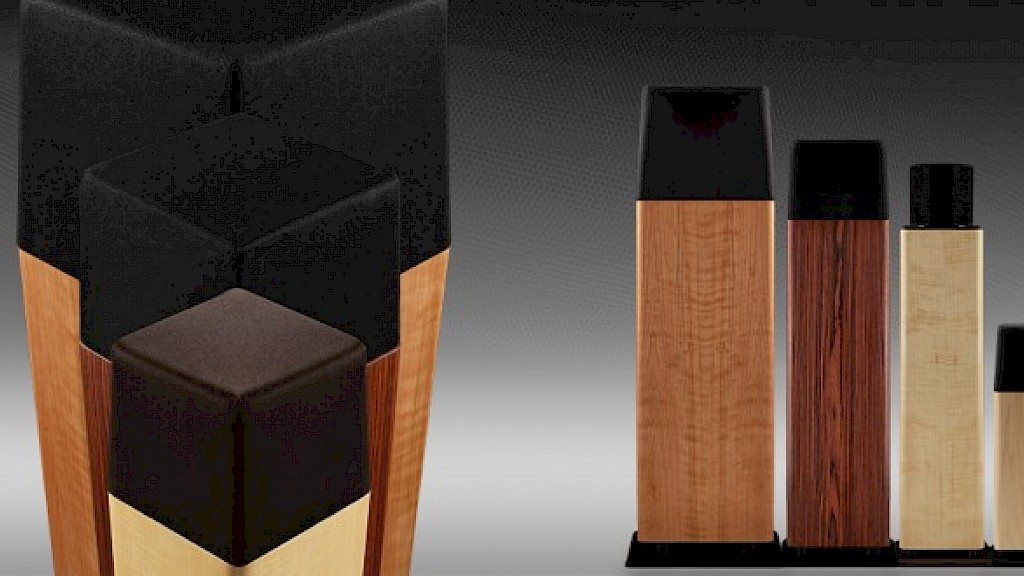The Music Goes Round and Round…
“The Music Goes Round and Round (and it comes out here)” was a popular song in the 1930s. The original reference was to a three-valve saxophone, but it could just as easily have applied to recorded music with platters spinning “round and round” and the “here” being the speaker.
For much of my life, I have lived in the “here” of speakers. I am fascinated by them. I listen to them. I design them. I bought a company that manufactures them. But I understand the inherent synergy and importance of the “round and round” as well. Whether the revolving discs are of black vinyl or the shiny plastic of CD, the devices that operate “upstream” from the speakers are crucial.
For many, Black Vinyl is a brand new world. For others, it represents a considerable investment of both cash and space over time. Whether you’re new to the format or are looking for a way to maintain or store records collected over a lifetime, turntables are the key component. And today’s models come in wide array of prices and technologies. There is likely to be a model for you whether you are interested in the ultimate in performance or just looking for an easy way to transfer your discs to an easier storage medium.
Inherently, turntables should be simple. You need a platter revolving at a specific speed with, ideally, no variation. The table should not generate noise, generally known as “rumble.” Today most turntables are single-disc devices. For a while in the 1940s and into ’60s, there were multiple disc players called “changers.” They were great for playing multi-disc albums – both LPs and 78s – and for stacking a group of discs so that several hours of music could be enjoyed without getting up to change or turn over the record.
The awakening community of serious recorded music enthusiasts felt that the physical “abuse” of dropping the discs and the arm pivoting – and possibly mis-pivoting over and across the disc was a disservice and clamored for a return to single-play devices. Manufacturers, responsive to the market, soon countered with a couple of multiple disc devices, the Dual 1006 and the Miracord 50H, which answered much of the criticism. Nonetheless, over time, the multiple-play devices disappeared and were replaced with the single-disc format.
Speed accuracy and motor isolation are real issues for turntables. One of three types of drive systems power most turntables. The so-called “friction” drive where the motor shaft rotates against a rubber-edged wheel, which in turn, is pressed up against the interior of the turntable platter, was one of the earliest types and most common in the days of 78s and into the LP era. The second type is the belt-drive, another pioneering effort put forth by Acoustic Research among others. In this simple format a precision “rubber band” or belt goes around the motor shaft, which acts as a pulley, and the turntable platter itself. One advantage of the belt drive turntable is that the belt acts as a “shock absorber” and smoothes out vibrations rather than transmitting them to the platter and eventually into the system as distortion. A disadvantage of the belt system is that it takes a revolution or two to get up to speed.
Enter direct drive. In a DD system, the turntable spindle is a direct extension of the revolving motor. DD requires no intermediary steps or devices. In theory, DD tables offer a significant advantage: the basic system simplicity. In practice, the design of a good DD turntable has proved challenging and expensive. Unless the motor is heavily built, well constructed and engineered, it can produce annoying artifacts, such as “ringing.”
But there are currently ‘tables of all three types on the market at prices that can range from little more than $100 up well into the thousands. For the music lover who is looking to “store” a black vinyl disc as a digital copy, a turntable with a USB output is a great convenience. Most music lovers understand both their needs and their budget. And luckily, the market can accommodate nearly all of us.
Enjoy & Good Listening,
John
Subscribe to Ohm News & Views to get the latest posts in your inbox
John Strohbeen Author
John Strohbeen was the President and Chief Engineer of Ohm Acoustics from 1978-2023.


